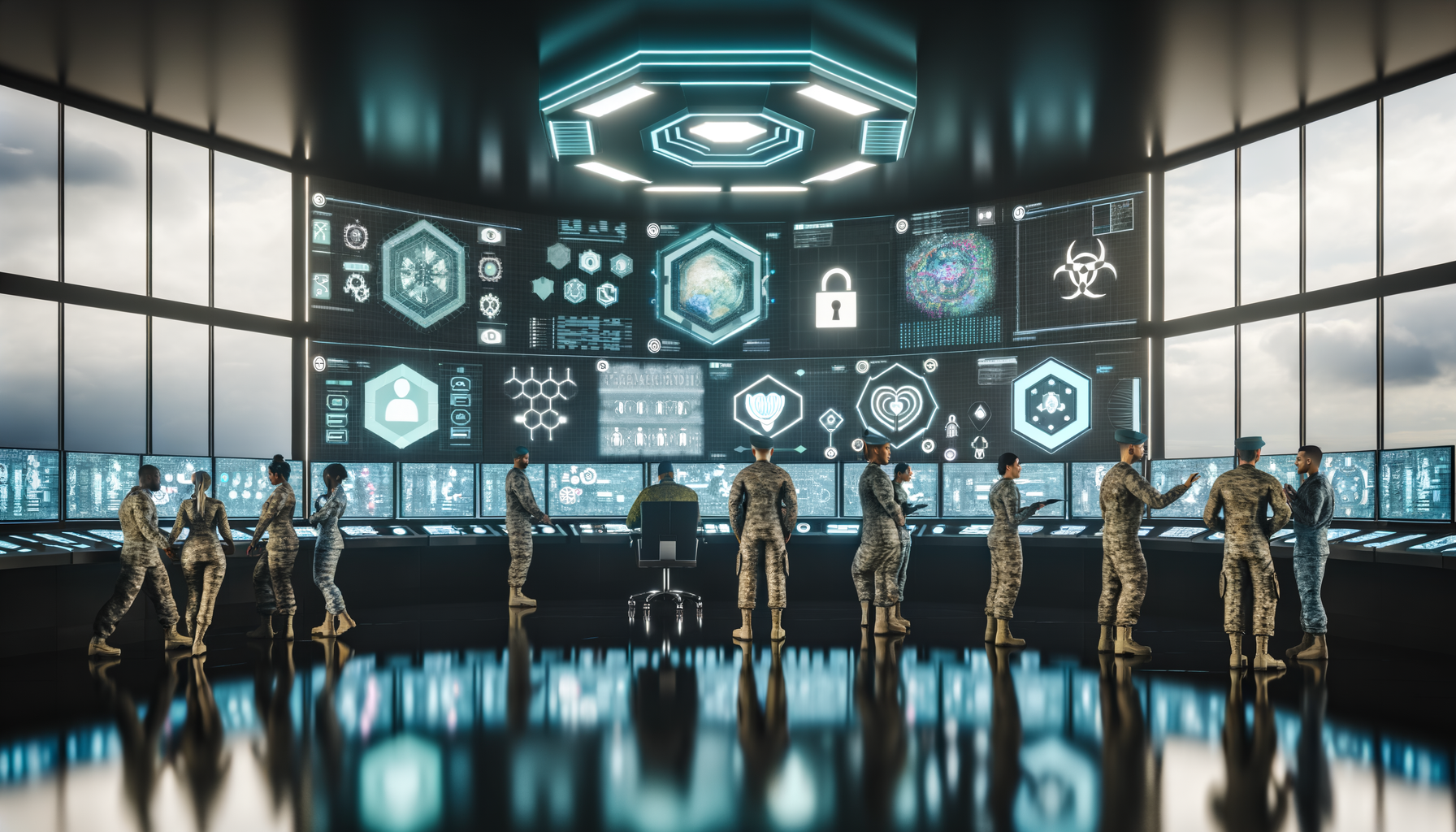Five Key Priorities for Safe AI Integration in Defense and Intelligence
As the world evolves, so do the threats and challenges that our Department of Defense (DoD) and Intelligence Community (IC) face. The necessity for faster, more effective response strategies has never been greater. To address these challenges, both sectors must prioritize the adoption of commercial technologies. Among these innovations, Artificial Intelligence (AI) stands out as a game changer. But with great power comes great responsibility; therefore, safe integration of AI should be a top priority. Here are five key priorities to consider.
1. Establish Clear Regulatory Frameworks
To safely implement AI in defense and intelligence, we need well-defined regulations. This means creating guidelines that outline how AI can be used, especially in high-stakes situations. For instance, leaders in the DoD and IC must work together to develop rules that protect the rights of individuals while ensuring national security. This includes transparency about how AI algorithms make decisions and ensuring accountability when those decisions impact people’s lives.
“Clear frameworks foster trust,” said AI policy expert, Dr. Sarah Thompson. “If stakeholders understand the rules of engagement, they’re more likely to support the technology.”
2. Prioritize Data Security and Privacy
As AI systems require massive amounts of data to function effectively, it’s vital to ensure that this data is protected. The DoD and IC handle sensitive information that, if compromised, could have severe consequences. Prioritizing data security means implementing strong encryption methods and monitoring systems to detect any breaches in real-time.
AI also raises unique privacy concerns. For example, algorithms that analyze public behavior must be designed to respect individual privacy rights. It’s crucial to create AI that benefits society while safeguarding personal data. This involves developing systems that minimize data collection where possible, enhancing data anonymization practices, and being transparent about data usage.
3. Promote Collaboration with the Private Sector
The commercial tech industry is often at the forefront of AI innovation. By partnering with private companies, the DoD and IC can tap into cutting-edge technology that otherwise might be unavailable. Collaboration can foster innovation and speed up the deployment of effective AI applications. Think of how companies like Google and Microsoft are already using AI in ways that could greatly benefit national security.
However, these partnerships must be managed carefully. Clear objectives should be established, ensuring that the nation’s security interests drive technology deployment. “We need to work together, but we must also keep our national security at the forefront,” emphasized former defense official Mark Johnson.
4. Invest in Workforce Training and Education
To ensure the successful integration of AI, the DoD and IC must invest in training their personnel. This means focusing on building a workforce that is not only familiar with AI technologies but also capable of managing and utilizing these tools effectively. Offering education programs and ongoing training ensures that staff can navigate the complexities of AI, making decisions that are both informed and ethical.
Additionally, enhancing technical literacy across the board will lead to more innovative ideas coming from within the ranks. The future of defense technology will rely heavily on talented, knowledgeable individuals who can harness AI’s potential.
5. Foster Ethical AI Development
AI has enormous potential, but it also raises serious ethical questions. The DoD and IC must work towards creating AI systems that not only serve functional purposes but also align with our values. This includes ensuring that AI does not reinforce biases or lead to unfair outcomes.
Establishing a framework around ethical AI development involves interdisciplinary collaboration. Experts from technology, law, ethics, and social sciences should come together to build AI systems that prioritize fairness, accountability, and transparency. AI should empower decisions rather than erase human judgment.
Conclusion: A Cautious Path Forward
Integrating AI into defense and intelligence sectors presents an exciting opportunity for breakthrough innovations. However, careful planning and prioritized actions are essential to ensure the safe adoption of this powerful technology. By establishing clear regulatory frameworks, prioritizing data security and privacy, promoting collaboration with the private sector, investing in workforce training, and fostering ethical AI development, we can enable a future where AI enhances our national security without compromising our values.
The road to AI integration is complex, but with these key priorities guiding us, the DoD and IC can not only innovate but do so in a way that is responsible and effective. In a rapidly changing world, adapting to new technologies is essential for keeping our nation safe.
For further reading on AI’s impact on national security and defense technology, check out resources from the Department of Defense and the Intelligence Community.


